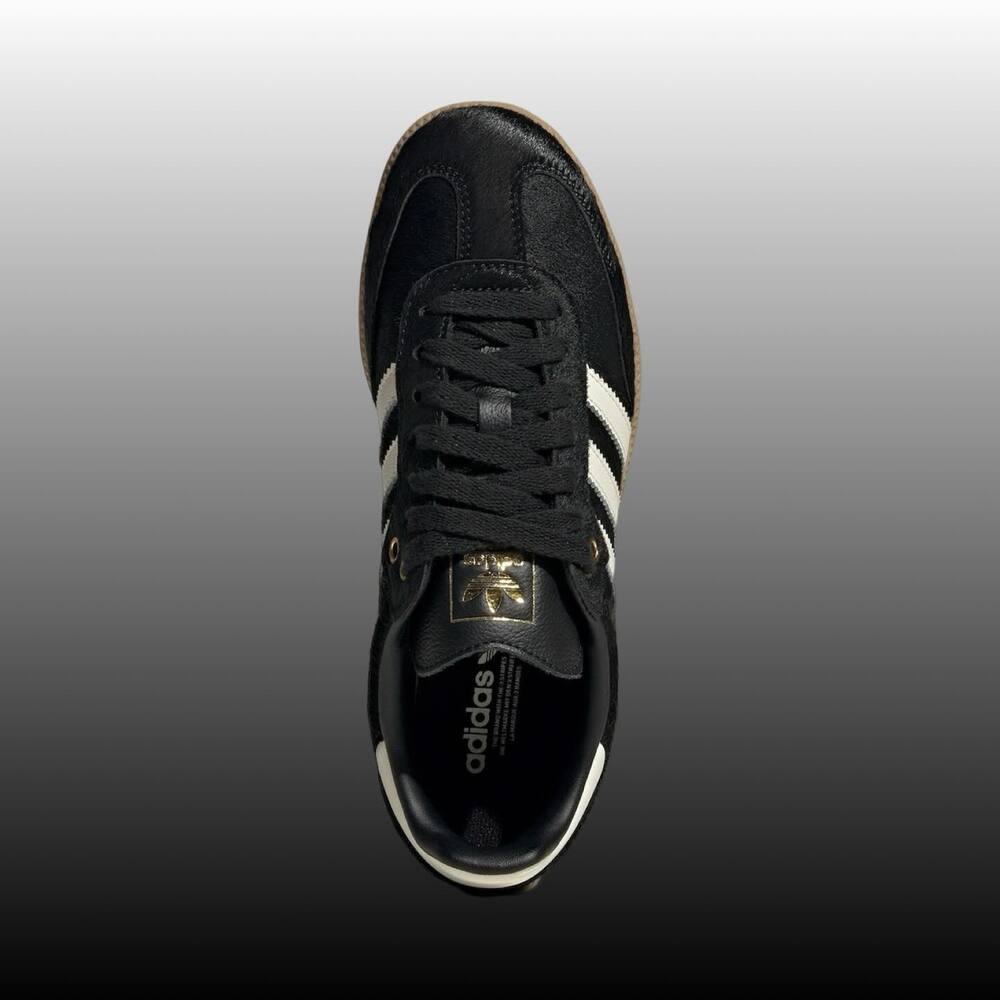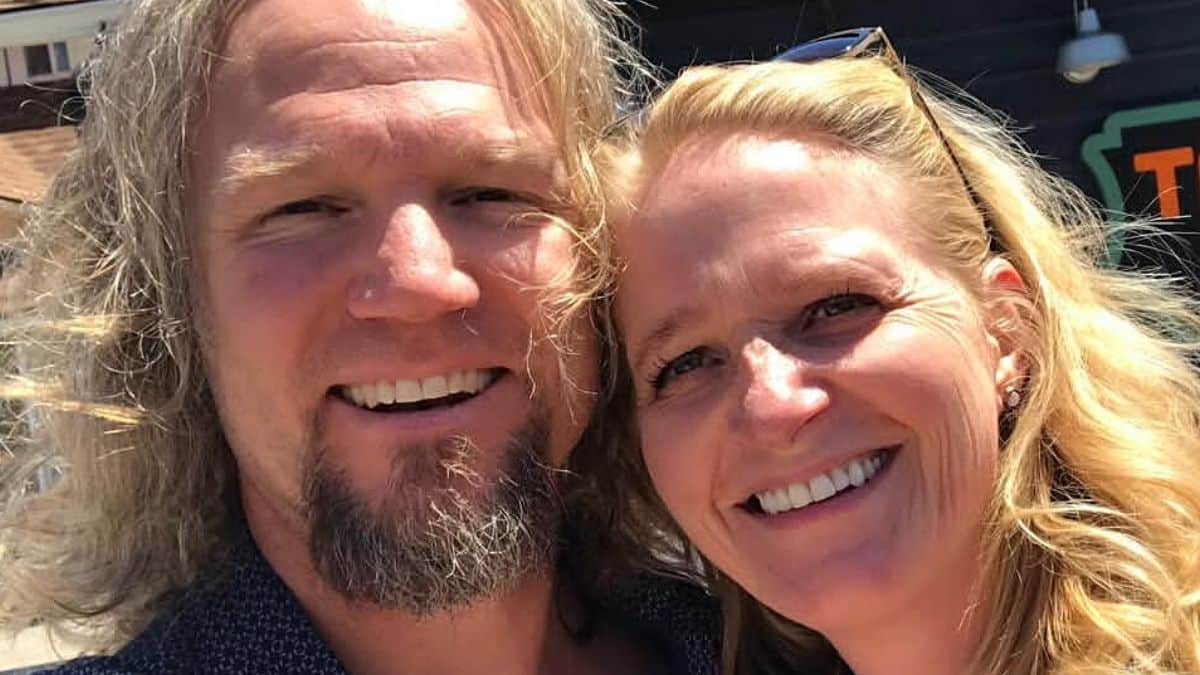What if surgeons could train like fighter pilots?
In the realm of virtual reality (VR), Israeli fighter pilots Moty Avisar and Alon Geri had a goal—giving surgeons the chance to participate in simulated surgery through “a visualization platform that helps to illuminate complex procedures.”
Surgical Theater fills a gap in surgical training; surgeons gain experience before they operate on people. It’s a good bet most would prefer that their surgeon have that additional intensive training before operating on them.
When people write academic journal articles, they first do a literature search—a survey of what has been written to help them find a gap, the missing piece or pieces in the discipline, something in the area that has not yet been explored or is underexplored. You’re doing something similar, though not necessarily in a formal academic way, to see if a gap in a field, sector or the marketplace could be a growth opportunity.
Once you gather information and analyze your data, look for a gap that points to a gain. The gain provides a benefit to individuals, business, a community, society, creatures or the planet in one or more of a whole range of ways. It could inform, grow commerce, reduce waste, improve quality of life, promote sustainability, provide a utility, support and uplift people, advance a discipline or do social good.
There are three critical components to identifying growth opportunities:
1. Identify a goal: what you hope to achieve
2. Identify a gap: a missing piece that fills a need or void in your business, the marketplace or the sector
3. Identify a gain: the benefit to business (profit), people and the planet
Identifying a gap and gain work to scrutinize the goal. You don’t have to start with a goal. If you notice a gap, start there, and see if there’s a gain; then form your goal. If you notice a gain, see if there’s an actual gap and then form your goal.
Invariably, there are gaps. A unique and worthwhile idea for growth addresses a gap. You might be thinking, How would I find a gap?
If you’re not filling a gap, then you’re likely not contributing something worthwhile that leads to growth, something interesting, inspiring, challenging, original (entirely new), or creative (a twist on an existing idea, not entirely original). Think:
• What is needed? A product, system, device, art form, artistic interpretation, business, entertainment, transportation, leadership method, or something else?
• In any field, what is the key question that remains to be solved or answered?
• Think about an audience. This could be a demographic, a psychographic (in marketing, a way of classifying people according to their attitudes, decision-making style, or interests), or really any audience.
• What has been underfunded or under-researched? For example, neglected tropical diseases or science for the most neglected patient populations are typically underfunded.
• What has not yet been interpreted or made clear? What would move the business or sector forward?
• What has not yet solved the problem of homelessness/unsheltered, world hunger, clean water for all, extreme weather, sustainability, affordable housing, or curbing carbon emissions?
• What would address a lack of equity?
If you have knowledge of something useful in your field, think about how it could be useful in a different field or different region. Do you know of something useful that could be adapted to another field—for example, an aviation-style checklist to help hospitals prevent errors in procedures, or a pilot-type simulation training tool that can be used to train surgeons.
Gather information about the subject, problem or topic. Seek information with an eye toward discovering an insightinto a void you can fill. Stay open to any enlightening tidbit that points to a potential gap you hadn’t anticipated.
For example, Chinese air conditioner brand Midea wanted to penetrate the U.S. market for the first time. They aimed at New Yorkers with a product that they claim is particularly suited to New York City housing. Ad agency Pereira O’Dell aided filling that gap for Midea with a creative campaign offering a respite from the heat with 90 minutes of free air conditioning in a movie theater, a place people could relax comfortably, check their phones and sit back. The insight? New Yorkers will see a film in an air-conditioned theater for a break from the heat.
So where do you start?
Answer the following questions to start becoming a gap seeker:
• What’s the #1 goal that would help you achieve what you want and get to the results you imagine?
• What is the gap in that business, field, industry, sector, or unattended audience?
• Does the gap align with your goal?
For example, if you want to design athletic footwear, what’s the gap in that industry? Who is not being served? What’s missing that would offer a benefit to people, industry (think triple bottom line [profit, people, planet]) or the environment? Materials? Sustainable production methods? Neglected audience? Sizes for neglected audiences? Non-Toxic dyes?
There are plenty of problems to solve and gaps to fill that lead to growth. Plenty.
Adapted from The New Art of Ideas: Unlock Your Creative Potential.






































































